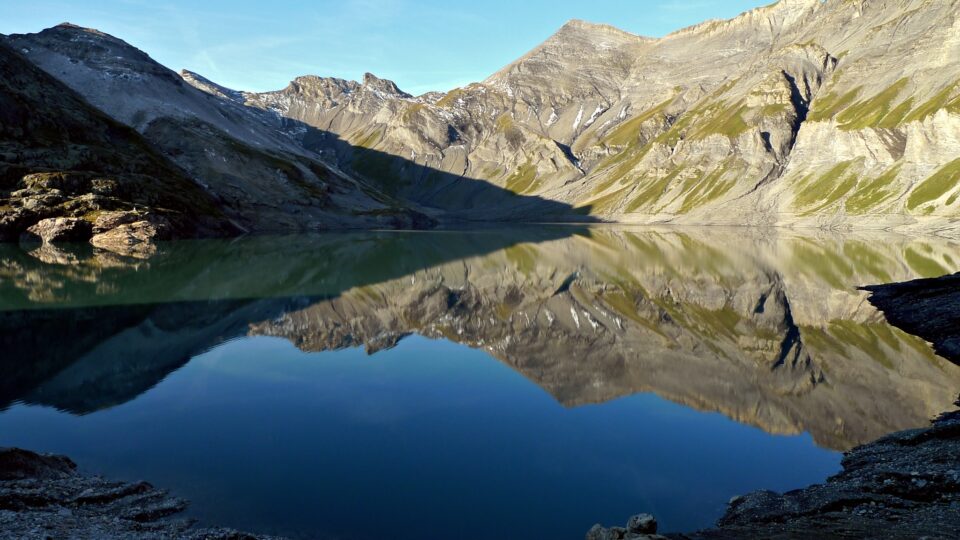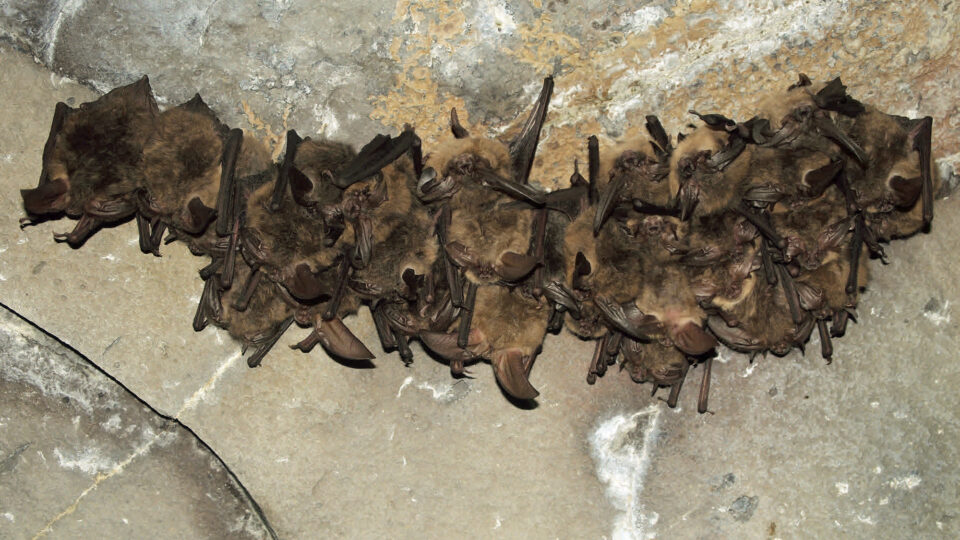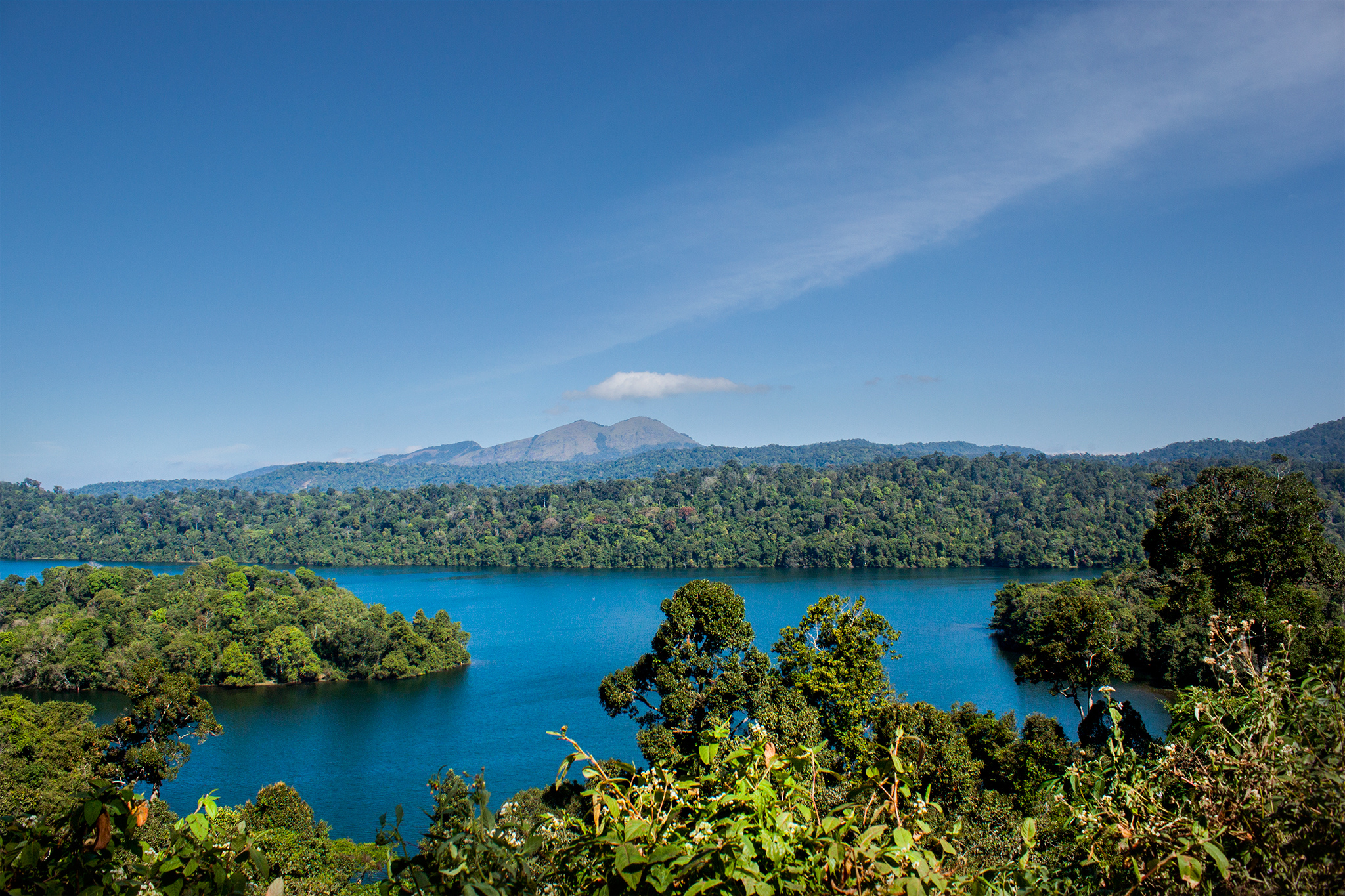As wind and solar energy play a growing part in our energy system, the need for grid-scale energy storage is growing as well. An historic form of energy storage and still the largest in installed capacity is pumped hydro storage, which makes use of the potential energy contained in having water sitting at a higher elevation where it can be released downward to operate turbine generators. This is an effective system but is limited to places where geography cooperates.
For the past five years, a company called Energy Vault has been developing a system that uses the same principle to generate electricity but instead of pumping water to a higher elevation, it uses mechanical devices to lift heavy objects such as concrete blocks to an appropriate height. Lowering the blocks back to the ground drives generators.
To date, Energy Vault has only built demonstration systems with a fraction of the storage capacity needed for grid-scale operation. Their EV1 Tower in Switzerland was successfully grid interconnected in 2020 and demonstrated round-trip efficiency (the fraction of the energy stored that was produced by the generators) above 75%. Their improved EVx system is expected to do better than 80%.
This year the company, along with partners Atlas Renewable and China TIanying, is now in the first phases of commissioning a grid-scale system located outside of Shanghai, China. The 25-MW system is built adjacent to a wind farm and a national grid interconnection site
This is the first grid-scale gravity energy storage system and is expected to be fully online in the fourth quarter of this year. A second, similar system is now under contract to be built elsewhere in China.
**********
Web Links
First grid-scale gravity energy storage system undergoes commencement in China
Photo courtesy of Energy Vault.
Earth Wise is a production of WAMC Northeast Public Radio





